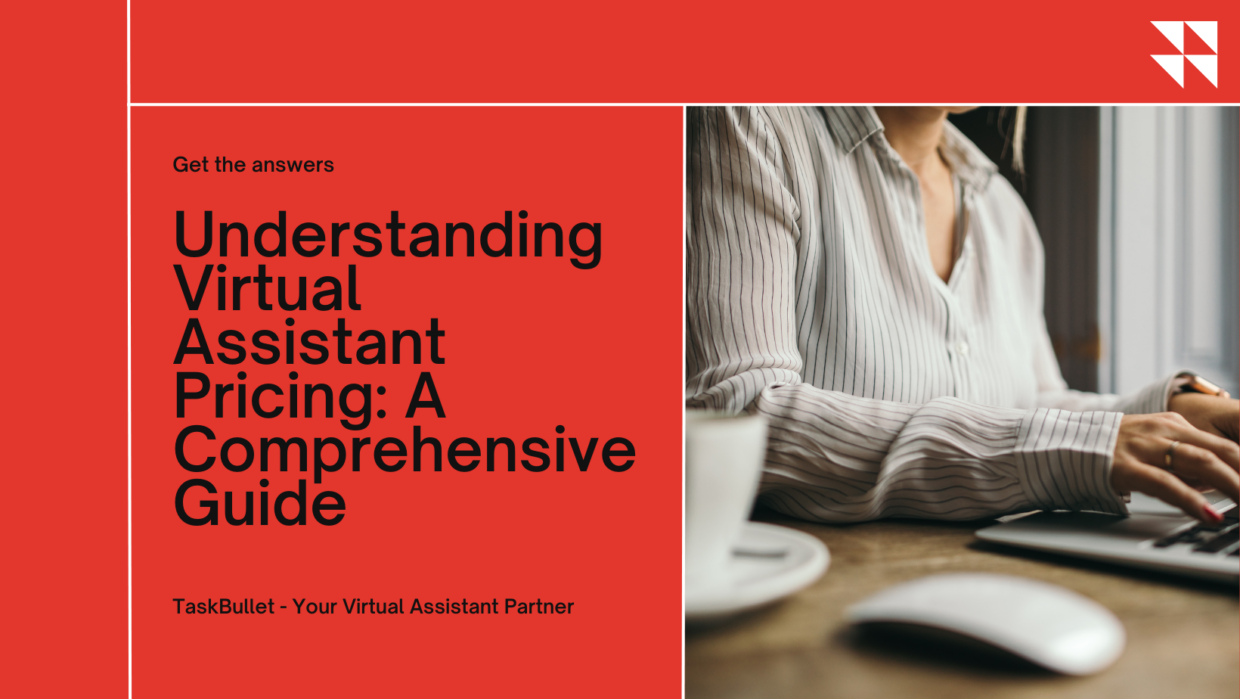Understanding Virtual Assistant Pricing: A Comprehensive Guide
Navigating the world of virtual assistance can be a daunting task, especially when it comes to understanding virtual assistant pricing. With various pricing models, services, and additional costs, it can get complicated. This guide aims to demystify the world of virtual assistant pricing and help you make an informed decision.Common Virtual Assistant Pricing Models
Hourly Rates
A straightforward and traditional model where you pay a set hourly rate. The rates can vary significantly based on the VA's experience and skill set.
Retainer Fees
This involves paying a set monthly fee to reserve a certain number of hours. It’s useful for long-term relationships but often results in unused hours.
Project-Based Pricing
If you have a specific project, some virtual assistants will charge a flat fee. Be careful, as this may or may not include revisions or additional requests.
Package Deals
These are pre-designed packages that include a bundle of services for a set fee. While convenient, they often include services you may not need.
Factors Affecting Virtual Assistant Pricing
- Experience: More experienced VAs will typically charge higher rates.
- Skill Set: Specialized skills like graphic design or programming often command higher prices.
- Geographic Location: VAs from countries with a lower cost of living may offer more competitive rates.
How to Budget for a Virtual Assistant
- Identify Your Needs: Clearly list the tasks you wish to outsource.
- Prioritize: Rank the tasks based on their impact on your business.
- Allocate Budget: Determine how much you’re willing to spend.
Why TaskBullet's Bucket System is an Optimal Choice
Among the sea of pricing models, TaskBullet's bucket system stands out for several reasons:
- Budget-Friendly: You buy a bucket of hours and use them as you see fit, offering excellent cost control.
- Flexibility: The hours are versatile and can be used for a range of tasks.
- 90-Day Expiry: Your unused hours roll over, giving you peace of mind and value for money.
Questions to Ask Before Finalizing Virtual Assistant Pricing
- What is included in the hourly rate/package deal?
- Are there any additional costs?
- What is the billing cycle?
Conclusion
Virtual assistant pricing is a complex subject, but it’s crucial to understand it to get the best value for your investment. From hourly rates to retainer fees, project-based pricing, and package deals, each model has its pros and cons. But if you're looking for a flexible, budget-friendly, and transparent system, TaskBullet's bucket system is hard to beat.
By taking the time to understand your needs and what affects virtual assistant pricing, you can make an informed choice that aligns with both your budget and your business objectives.
BUCKET SYSTEM vs. Employee
Sure, you could hire an ordinary employee to help grow your business, but do you really have enough small tasks to fill up 40 hours per week or even 20 hours per week every single week? If not, that employee will be spending downtime on your dime.
TaskBullet has eliminated this problem with what we call the BUCKET SYSTEM. Your remote employee will clock in when you need them and clock out when you don't. (Learn how it works here) With a remote personal assistant, you pay for the hours you need and nothing more. You'll save money on not having to provide employee benefits, office space, office supplies (computer, desk, coffee, etc.); oh, and did I mention downtime?
Your remote personal assistant will come with his or her own supplies, a strong education (TaskBullet virtual assistants have university degrees), and deep professional background. When you hire a virtual sales assistant from TaskBullet, you are also assigned a project manager to ensure that everything runs smoothly. What are you waiting for? Hire a remote personal assistant today and get your time back!

